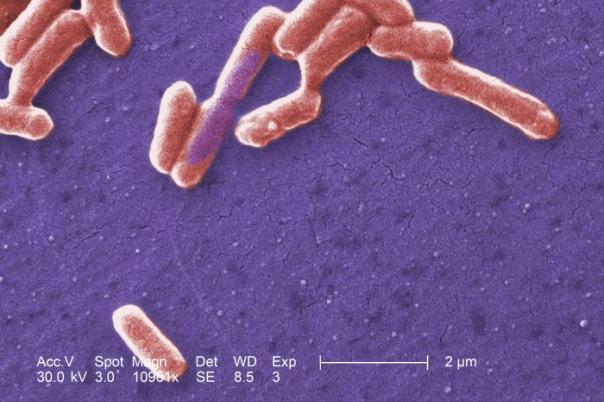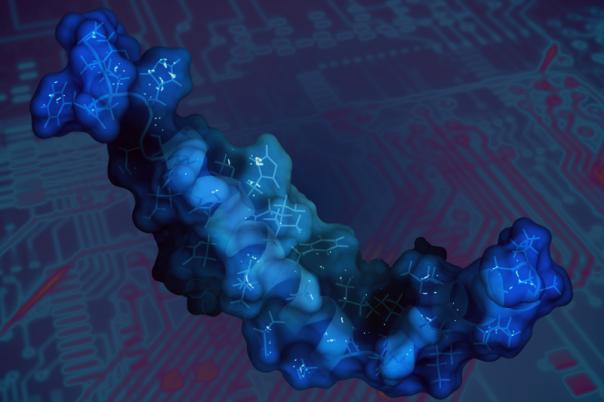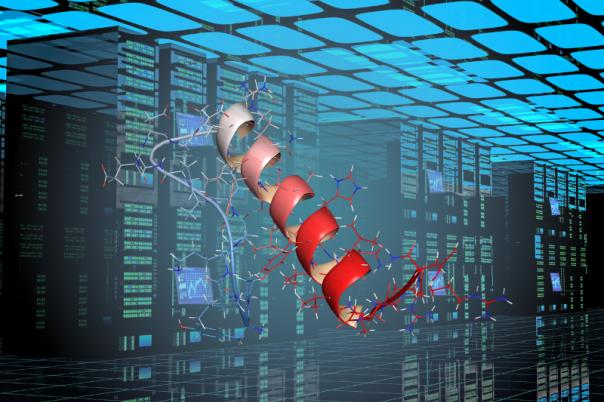Protein aggregation has been implicated in many degenerative diseases. In particular, more than 20 serious human diseases involve misfolded protein structures which form beta sheet conformations. For example, aggregation of IAPP is closely associated with the onset of type 2 diabetes, Parkinsons is linked to alpha synuclein aggregation, and Alzheimer’s is thought to involve plaques formed by aggregated amyloid beta (Aβ) and Tau.
In her presentation, Sandrine Ongeri, Full Professor in Medicinal Chemistry, Université Paris-Saclay, pointed out that as of yet there are only two antibodies that have been approved to target Aβ aggregation. Therefore, her team have worked on new strategies to tackle protein misfolding and aggregation.
In their first strategy, the lab base peptide design on the structure of amyloid proteins. Helical proteins like amyloid proteins tend to misfold into beta-sheet rich structures. Therefore, Ongeri’s lab are focused on designing peptides to stabilise those helical structures and prevent that misfolding, they do this using helical and beta hairpin mimics.
Their second strategy, and what made up the majority of the talk, is to mimic the natural chaperone proteins that assist in protein folding to prevent amyloid protein misfolding and aggregation. Ongeri explained that as we age, these chaperones are either produced less or work less efficiently. Our cell’s natural chaperones are too large to use as drugs themselves, therefore, the team wanted to create smaller but similar synthetic molecules which could help prevent aggregation.
The first example that Ongeri presented was research on TTR, a natural chaperone of Aβ1-42. The team constrained a small peptide using two aza- groups to adopt a helical conformation while staying selective to their target. Ongeri presented data that showed these small peptides can mimic TTR's protective effects against amyloid formation.
Ongeri then presented a case study where her team worked on tackling Tau aggregation. They did this by mimicking the heat shock protein HSP90. This showed effectiveness in preventing aggregation without hindering Tau's binding to microtubules.
Future research for the team aims to expand the concept of chaperone mimicking to other proteins like alpha-synuclein for other indications.





